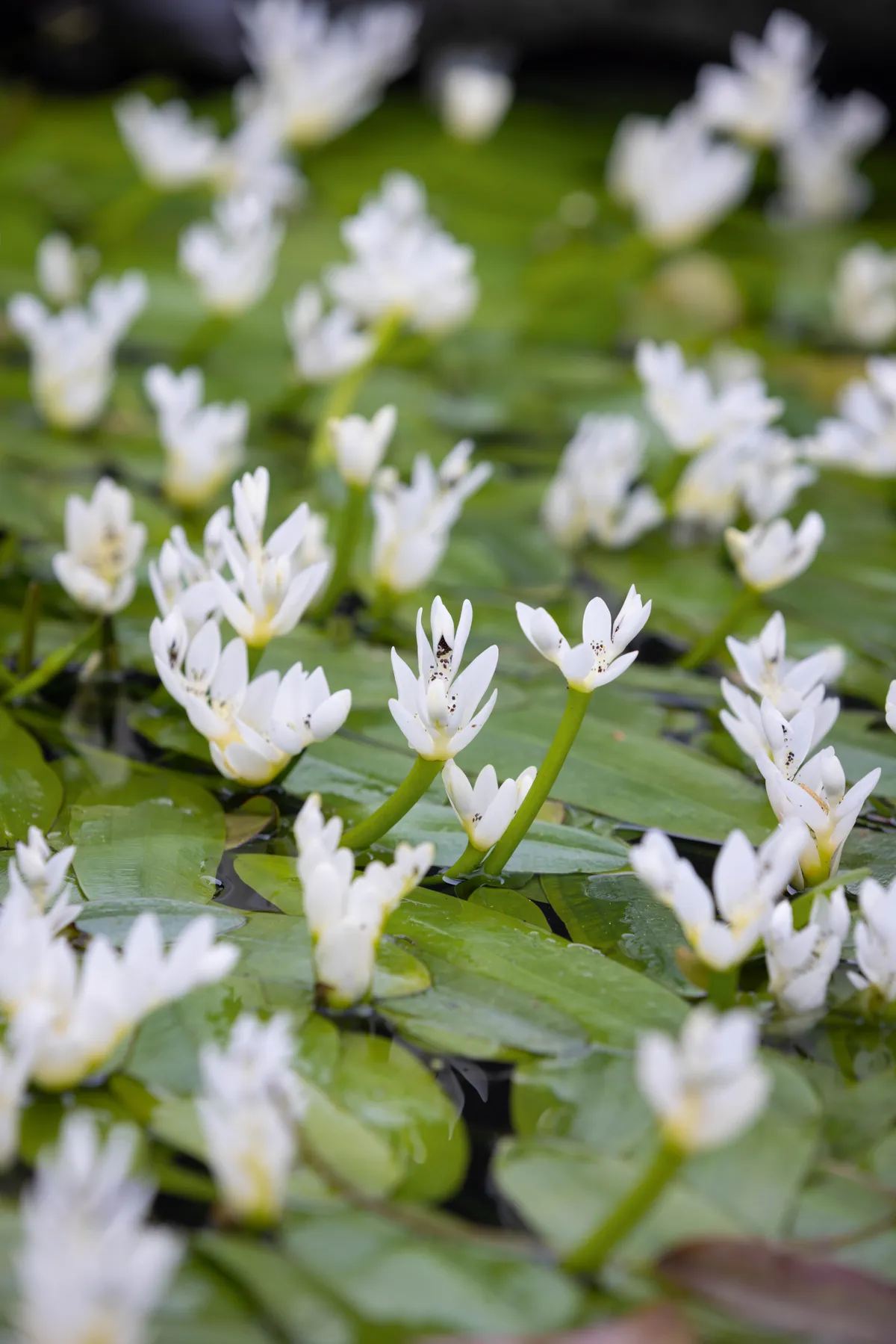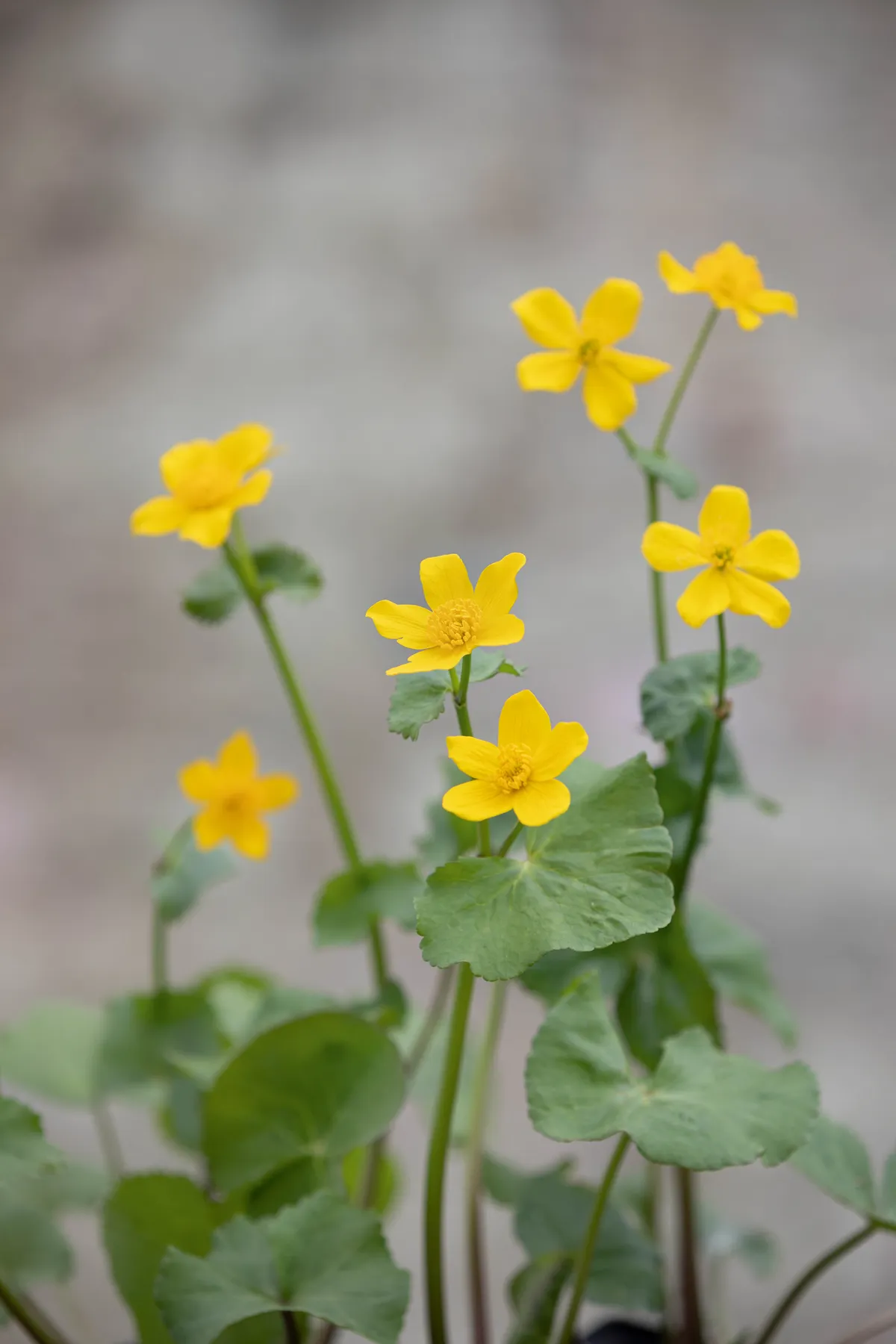Who would have thought that of all the places you could start an aquatic plant nursery, it would be in your mother’s spare room? For David Reynolds, this is exactly where he found himself in 2016. His mother, Dawn Fisher, remembers it well. “David was studying for a degree in computer science and one day was asked to help clear out a lake. Instead of throwing all the oxygenator plants away, he sold them on the internet and, not long after, decided to set up a plant nursery,” she says. “I was soon growing seeds in my guest room and in the garden. It was crazy really.” From that day, Lincolnshire Pond Plants was established and began selling the whole gamut of aquatic and marginal plants.

Like all good businesses, this is a family affair born of drive and ambition. David soon stopped his computer course, his wife Kayleigh left her estate agency job, and Dawn gave up her teaching role. The north Lincolnshire-based firm grew rapidly, and exploited good internet savviness for sales. Now located on a 15-acre former RAF site, acquired in 2021, it has ten employees and sells more than 350 different plants through its website, at shows, at the nursery and via consultancy.
You don’t have to have a lake to enjoy aquatic plants and all the wildlife they bring.
So how does a nursery that is less than ten years old suddenly find itself preparing for its first RHS Chelsea Flower Show? “We’ve been on the show circuit a bit and that’s given us a lot of experience of how to stage an exhibit,” explains Dawn, “but when we received a Gold medal at RHS Malvern Spring Festival in 2022, I felt confident enough to apply for Chelsea.”
The display is based on the theme of ‘gone fishing’. A 6m x 4.5m pond will show the three main aspects of aquatic plants: a larger body of water to fish in, for those with the space; a pond for smaller gardens; and a patio pond in a container. “We want to show people the range of opportunities for having water in your garden,” explains Dawn. “You don’t have to have a lake to enjoy aquatic plants and all the wildlife they bring.”

The diverse range of plants offered by the nursery is broken down into four main types. Oxygenators include the native, free-floating hornwort (Ceratophyllum demersum), mare’s tale (Hippuris vulgaris) and water shamrock (Marsilea quadrifolia). Then there are the marginals (any type of aquatic plant that sits within the margin of the pond), such as dainty Baldellia ranunculoides, or the larger silverstriped sweet flag (Acorus calamus ‘Argenteostriatus’). Plants for deeper water include water lilies, such as the native nymphoides, which are good at providing habitats for wildlife. Finally, there are floating plants, such as white-flowered frogbit (Hydrocharis morsusranae) or moss-like Salvinia natans.
The wildlife benefits of any water body are substantial.
It’s not just for leaf shape or flower colour that people want aquatics, as the wildlife benefits of any water body are substantial. Frogs, newts, dragonflies and damselflies, water boatmen and pond-skaters all contribute to the health of a pond’s ecosystem and the broader health of the garden. “Rafting plants that grow from the soil but spread over into the water are crucial for wildlife as they allow things to move from the bank into and out of the water,” says Dawn, adding that if you want a wildlife pond, don’t have fish as they eat so much pond life.

It’s always heartening to see new nurseries become established – but especially by someone like David who, at 34, is a one of the youngest nurserymen around. By focusing on a horticultural niche, David, Dawn and Kayleigh have brought a focus to aquatic plants, but most of all, it’s their determination and confidence to give things a go that shines through. Chelsea surely won’t be the last we hear of them.
USEFUL INFORMATION
Address Lincolnshire Pond Plants, Building 139e, Brookenby Business Park, Brookenby, Market Rasen, Lincolnshire LN8 6HF. Tel 01472 566970 Open Monday – Saturday, 10am-4pm. Web lincspplants.co.uk
Head to our Chelsea Flower Show hub page for all our show coverage
